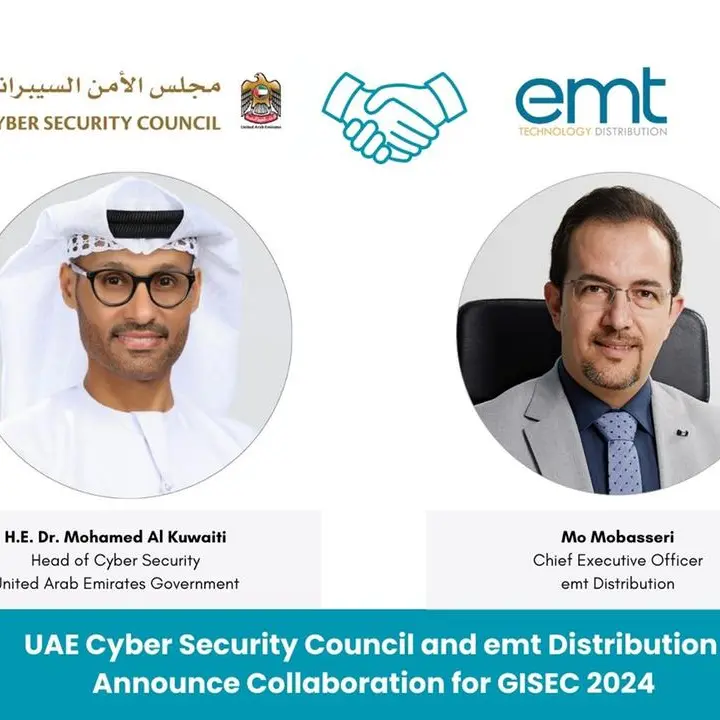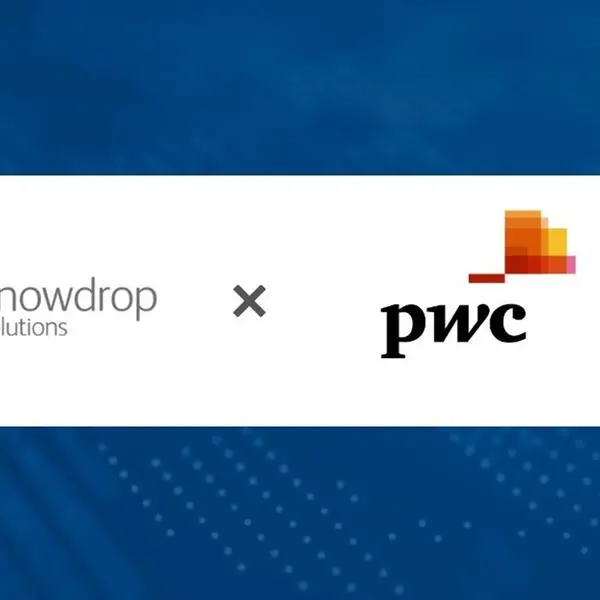- MENA equity and equity-related issuance reached US$9.4 billion while debt issuance totalled US$84.8 billion during the same period
Refinitiv, formerly the Financial & Risk business division of Thomson Reuters, today released the 2018 investment banking analysis for the Middle East and North African markets.
According to the report, Middle Eastern & North African investment banking fees totalled an estimated US$1.1 Billion during 2018, 4% more than the value of fees recorded during 2017. Debt capital markets underwriting fees totalled US$217.3 million, down 21% year-on-year but still the second highest fee volume for the region since our records began in 2000. Equity capital markets fees decreased 13% to US$107.7 million. Fees generated from completed M&A transactions totalled US$177.5 million, a 22% decrease from last year and the lowest full year total since 2012. Syndicated loan fees reached US$554.4 million, up 41% from 2017.
Debt capital markets fees accounted for 21% of the overall Middle Eastern & North African investment banking fee pool, the second highest market share since 2001. Syndicated lending fees accounted for 52% while the share of completed M&A advisory fees fell to its lowest level on record, only accounting for 17% of the market. Equity capital markets underwriting fees accounted for 10%.
HSBC earned the most investment banking fees in the Middle East & North Africa during 2018, a total of US$82.6 million for a 7.8% share of the total fee pool; also leading in the Syndicated Loans league table. Goldman Sachs topped the completed M&A fee rankings with an 18.2% market share. ECM underwriting was led by Qatar National Bank with US$16.2 million in fees or a 15% share while Standard Chartered leads in the DCM space with US$34 million during 2018.
In respect to Mergers and Acquisitions, the value of announced M&A transactions with any Middle Eastern & North African involvement reached US$54.9 billion during 2018, 50% more than the value recorded during 2017 and a 3-year high. Deals with a Middle Eastern and North African target reached an 11-year high rising to US$31.4 billion, up 63% from 2017 while inter-MENA or domestic deals also up 79% from last year.
Driven by Saudi British Bank acquisition of the entire share of capital of Alawwal Bank for US$5 billion, MENA inbound M&A currently stands at an 11-year high raising to US$14.7 billion while outbound M&A increased from US$12 billion in 2017 to US$16.5 billion during 2018.
Energy & Power deals accounted for 29.7% of Middle Eastern and North African involvement M&A by value, followed by the financial sector with a 20.4% market share but counting with 106 transactions, 29 more than the 77 recorded in the Energy & Power industry. Goldman Sachs leads the 2018 announced any Middle Eastern and North African involvement M&A league table. Morgan Stanley and HSBC follow in second and third place.
As to Equity Capital Markets, Middle Eastern and North African equity and equity-related issuance totalled US$9.4 billion during 2018, a 42% increase year-on-year. With US$2.1 billion, IPOs represent 22.9% of the region's ECM issuance, down from 52% during last year. Orange Egypt follow-on raised US$866 million and stands out as the biggest deal during 2018. EFG Hermes leads the Middle Eastern and North African ECM ranking with a 13.2% market share, followed by JP Morgan and Citi in second and third place, respectively.
Despite showing an 18% decreased compared to 2017, debt issuance in the Middle Eastern and North African region is at its second highest level since our records began, reaching US$84.8 billion in 2018. Saudi Arabia was the most active nation in the region accounting for 26.2% of activity by value, followed by the UAE with 25.7%. International Islamic debt issuance decreased 20% from 2017 to reach US$40.2 billion during 2018. Standard Chartered leads in the Middle Eastern and North African bond ranking for 2018 with a 15.2% share of the market, while CIMB Group Holdings took the top spot for Islamic DCM issuance with an 11.8% share.
Link to full report: 2018 investment banking analysis.pdf
-Ends-
About Refinitiv
Refinitiv is one of the world’s largest providers of financial markets data and infrastructure, serving over 40,000 institutions in over 190 countries. It provides leading data and insights, trading platforms, and open data and technology platforms that connect a thriving global financial markets community - driving performance in trading, investment, wealth management, regulatory compliance, market data management, enterprise risk and fighting financial crime.
CONTACTS
Tarek Fleihan
Corporate Communications
Refinitiv
Office +97144536527
© Press Release 2019Disclaimer: The contents of this press release was provided from an external third party provider. This website is not responsible for, and does not control, such external content. This content is provided on an “as is” and “as available” basis and has not been edited in any way. Neither this website nor our affiliates guarantee the accuracy of or endorse the views or opinions expressed in this press release.
The press release is provided for informational purposes only. The content does not provide tax, legal or investment advice or opinion regarding the suitability, value or profitability of any particular security, portfolio or investment strategy. Neither this website nor our affiliates shall be liable for any errors or inaccuracies in the content, or for any actions taken by you in reliance thereon. You expressly agree that your use of the information within this article is at your sole risk.
To the fullest extent permitted by applicable law, this website, its parent company, its subsidiaries, its affiliates and the respective shareholders, directors, officers, employees, agents, advertisers, content providers and licensors will not be liable (jointly or severally) to you for any direct, indirect, consequential, special, incidental, punitive or exemplary damages, including without limitation, lost profits, lost savings and lost revenues, whether in negligence, tort, contract or any other theory of liability, even if the parties have been advised of the possibility or could have foreseen any such damages.










